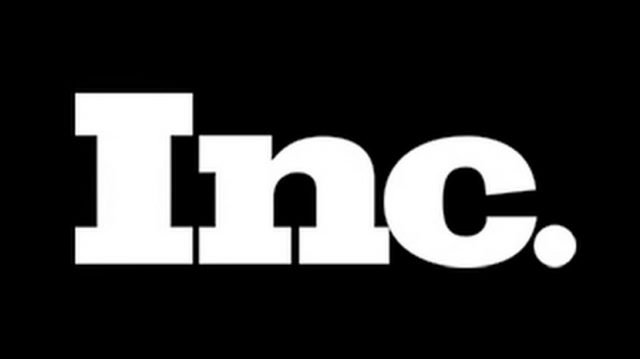The Multiplier Effect – Just One Drop
Ruthless consistency is in the details. Very small things, done right many times, can have a massive effect.
They discovered this at a GE plant where the phosphorous coating is applied to fluorescent light bulbs. After the coating is applied the suspended light bulbs are moved through a drying system. And because phosphorous is expensive, a trough system catches the drops of phosphorous that fall throughout the drying process.
But it turned out that at this plant the trough system wasn’t quite long enough to catch the very last drop of falling phosphorous. One drop. No big deal, right?
Think again. By extending the trough system to catch that last drop, the plant saved … can you guess? … over $150,000 per year. This is what I call the multiplier effect. Very small things, multiplied over a large number of instances, can have a huge impact.
Where does that multiplier effect come into play in your business? Where can you and your people find that one drop?
Your thoughts?
Michael





